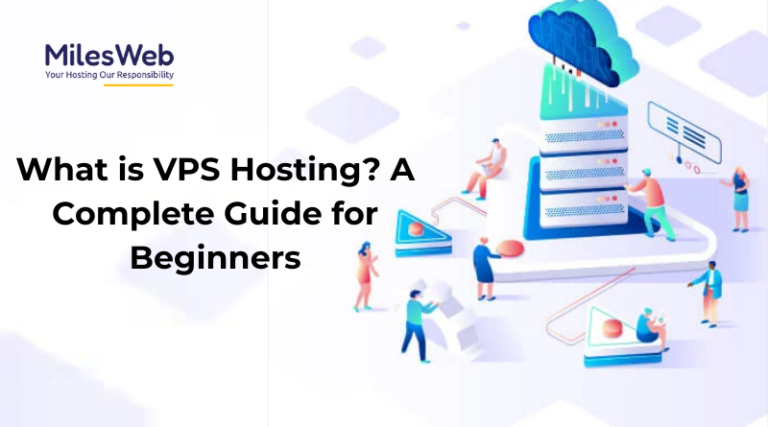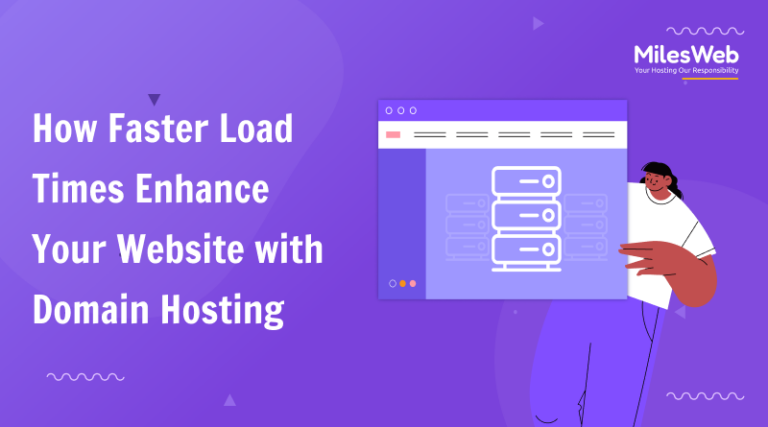Every writer knows the struggle of the creative block which leads to staring at a blank screen for hours! Half of the blog writing struggle is eliminated if you can successfully write a blog post outline. In this guide, we share the best tips on how to generate a blog outline using an AI outline generator.
How to Write a Blog Outline using an AI Outline Generator
Here’s a step-by-step guide on how to use an AI blog post outline generator to create blog post outlines:
Select a Reliable AI Tool:
Start by choosing a reputable AI blog post outline generator. Look for tools with positive reviews, a user-friendly interface, and a track record of producing high-quality outlines.
Define Your Topic:
Clearly define the topic or theme of your blog post. Be specific about what you want to discuss and the main points you want to cover. This will help the AI generator understand your requirements and generate relevant outlines.
Brainstorm potential topics aligned with your expertise and audience interests.
Utilize keyword research tools like Ahrefs’ Keywords Explorer to find relevant topics and questions.
Decide on a topic that resonates with your audience and fits your content strategy.
Tools to Use: Google Trends, Ahrefs’ Keywords Explorer, SEMrush Topic Research
Questions to Consider:
- What topics are trending or relevant to my audience?
- What are the potential keywords or phrases associated with my topic?
- How does this topic fit into my overall content strategy?
Select Your Content Format
Determine the desired structure for your blog post outline. You can specify the number of main sections, subsections, and bullet points you want to include. This will help the AI generator organize your content effectively.
Determine the format of your blog post, such as listicles, how-tos, opinion pieces, reviews, or news coverage.
Choose a format that best suits your topic and angle.
Questions to Consider:
- What format best suits my topic and audience preferences?
- How do other successful blogs in my niche present similar content?
- Will the chosen format effectively convey the intended message?
Analyze successful content in your niche, consider audience preferences, and choose a format that aligns with your topic and goals.
Types of Blog Formats
- Listicles:
Listicles are articles presented in list format, often with bullet points or numbered lists. They are suitable for providing easily digestible information and are popular for topics that can be broken down into a list of items or tips. Examples include “Top 10 Tips for Healthy Eating” or “15 Must-Have Travel Accessories.”
Suggested Read: 10 Best AI Image And Art Generators Websites To Help You Create
- How-to Guides/Tutorials:
How-to guides or tutorials provide step-by-step instructions for completing a task or achieving a specific goal. They are suitable for instructional content that requires detailed explanations and actionable steps. Examples include “How to Start a Blog” or “how to use AI for songwriting.”
- Opinion Pieces/Editorials:
Opinion pieces or editorials express the author’s viewpoint or perspective on a particular topic. They are suitable for discussing current events, trends, or controversial issues. Examples include “Why I Believe in Climate Change Action” or “The Future of Artificial Intelligence: My Thoughts.”
- Reviews:
Reviews evaluate and critique products, services, or experiences. They are suitable for providing insights, recommendations, and ratings based on personal experiences or expert analysis. Examples include “Product Review: iPhone 13 Pro Max” or “Restaurant Review: Best Pizza Places in New York City.”
- News Coverage:
News coverage provides timely and relevant information about current events, developments, or announcements. It is suitable for reporting on breaking news, industry updates, or newsworthy events. Examples include “Breaking: COVID-19 Vaccine Rollout Update” or “Tech Industry Trends for 2022.”
- Case Studies:
Case studies examine real-life situations, problems, or challenges and analyze how they were addressed or resolved. They are suitable for showcasing success stories, best practices, and lessons learned. Examples include “Case Study: How Company X Increased Sales by 50%” or “Customer Success Story: Transforming Business Operations.”
- Interviews/Q&A:
Interviews or Q&A sessions feature conversations with experts, influencers, or thought leaders in a particular field. They are suitable for gaining insights, sharing expertise, and engaging with the audience. Examples include “Exclusive Interview with CEO of Company Y” or “Q&A with Nutritionist: Healthy Eating Tips.”
- Infographics/Visual Content:
Infographics and visual content present information, data, or statistics in a visually appealing and easy-to-understand format. They are suitable for conveying complex information or trends in a concise and engaging way. Examples include “Infographic: The Benefits of Exercise” or “Visual Guide to Social Media Marketing.”
Decide on Your Article’s Angle
Identify a unique angle or perspective for your blog post that sets it apart from others.
Consider personal experiences, expert interviews, data analysis, crowd-sourced opinions, or contrarian viewpoints to shape your angle.
Questions to Consider:
- What unique perspective or angle can I bring to this topic?
- How can I make my article stand out from existing content on the same topic?
- What aspect of the topic will be most valuable or interesting to my audience?
Explore different angles, leverage personal experiences or expertise, and analyze competitor content for inspiration.
Use a Template
Select a blog post template that aligns with your chosen format and content structure.
Utilize templates for step-by-step guides, listicles, opinion pieces, reviews, or other content types.
Questions to Consider:
- What type of template best suits my chosen format and content structure?
- Are there existing templates that align with the goals of my blog post?
- How can I customize the template to fit the specific needs of my blog post?
Research and select a suitable template, customize it according to your needs, and ensure it aligns with your content goals.
Input Your Keywords:
Provide relevant keywords or phrases related to your topic. These keywords will help the AI generator understand the focus of your blog post and generate suitable headings and subheadings.
Figure Out What You Need to Cover (in Your Subheadings)
Outline the main sections and subtopics to be covered in your blog post.
Use expertise, content gap analysis, and People Also Ask (PAA) boxes to identify relevant subtopics.
Plan subheadings based on the main points of your article and related questions or topics.
Questions to Consider:
- What are the main points or subtopics I need to cover within my blog post?
- Are there related questions or topics that my audience may find valuable?
- How can I structure the subheadings to ensure a logical flow and comprehensive coverage of the topic?
Conduct content gap analysis, explore related questions and topics, and organize subheadings based on relevance and coherence.
Add Bullets Under Each Subheading
Flesh out each section with bullet points containing brief explanations, examples, expert quotes, and data references.
Avoid writing the full draft at this stage; focus on outlining key ideas and supporting details.
Questions to Consider:
- What key points or details should be included under each subheading?
- How can I succinctly convey the main ideas and supporting information within each section?
- Are there specific examples, data, or quotes that can enhance the content under each subheading?
Prioritize clarity and conciseness, focus on key points and supporting details, and ensure coherence and relevance within each section.
Add Your Insights and Expertise:
While the AI generator can provide a framework for your blog post outline, it’s essential to add your unique insights, expertise, and personal touch. Incorporate examples, anecdotes, and relevant research to enrich your content and make it engaging for your readers.
Optimize for SEO:
Consider incorporating relevant keywords and phrases throughout your blog post outline to optimize it for search engines. This will help improve the visibility and discoverability of your content online.
Plan Out Your Introduction and Conclusion
Craft a compelling introduction using the Problem-Agitate-Solve (PAS) formula, and provide a concise summary or actionable insight in the conclusion.
Plan a concise takeaway or call to action for your conclusion.
Ensure your introduction hooks the reader and your conclusion leaves a lasting impression.
Questions to Consider:
- What is the main purpose of my introduction and conclusion?
- How can I effectively hook the reader and set the tone for the rest of the article in the introduction?
- What key takeaway or call-to-action do I want to leave the reader with in the conclusion?
Final Thoughts:
Once your blog post outline is ready, Review your outline for coherence, completeness, and relevance. Seek feedback from colleagues, editors, or peers to refine your outline further. Incorporate feedback and finalize your outline before proceeding to draft your blog post. Use an AI Blog outline generator to save time and effort and get suitable blog outlines on given topics and keywords!










